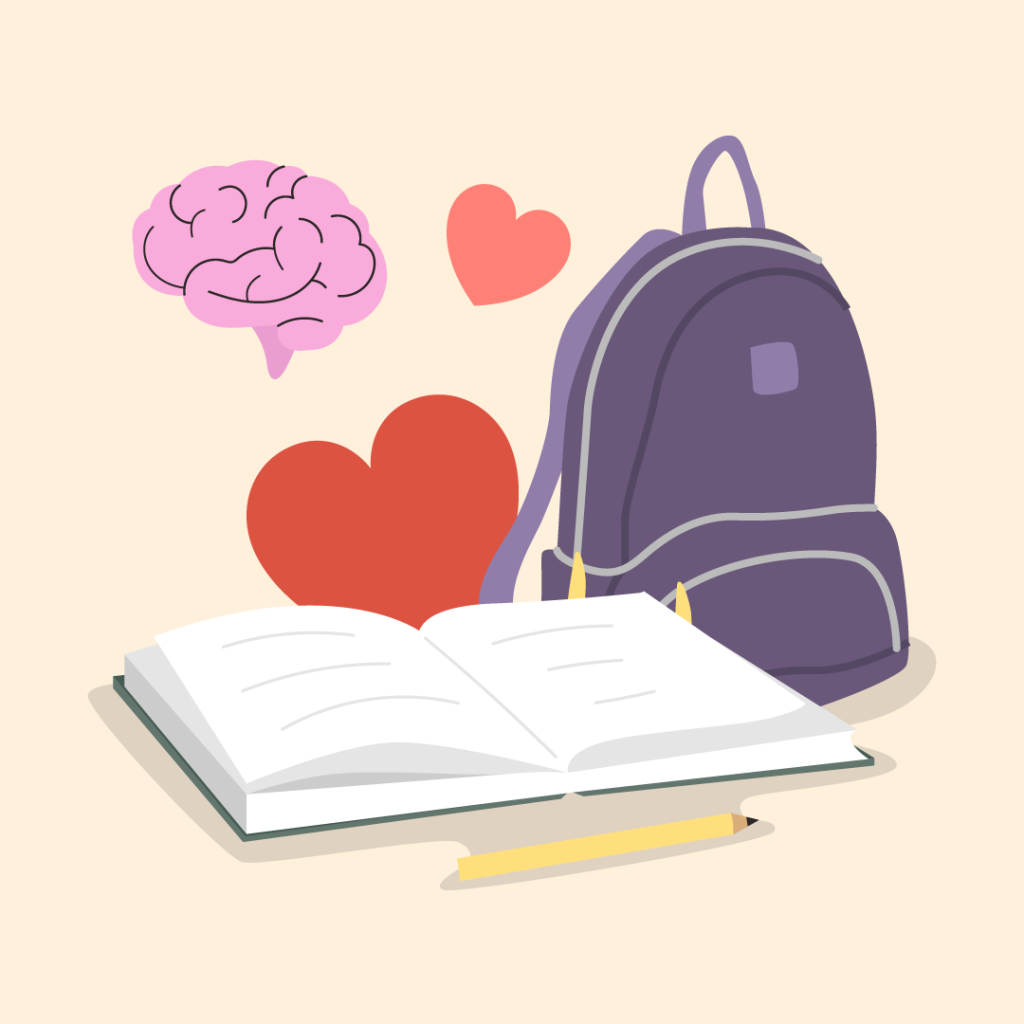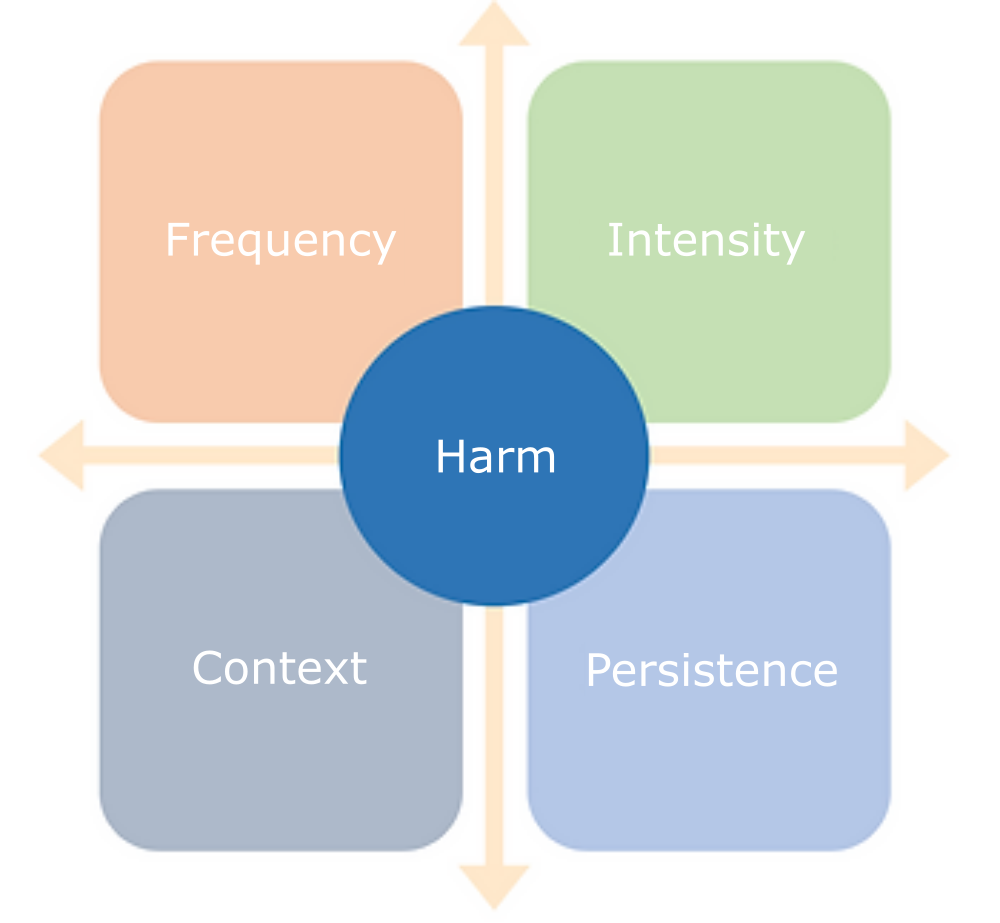Download and use these questionnaires to identify the level of mental health problems in different areas. A parent can complete them in the language they feel comfortable (Portuguese, Japanese, English). Teachers and service providers can look at the translated forms to understand the parent ratings. The norms are based on Brazilian children.
What are mental health issues?
All children experience positive and negative feelings, have good and bad ideas, and engage in actions that are appropriate and inappropriate. These feelings, ideas, and actions come and go – they are usually reactions to situations and events, and are part of everyday life, not reflective of a mental health problem.
Sometimes the feelings get too intense, happen too often, last too long, and cause problems in relationships with people, in school performance, and interfere with leisure activities.
Other times, negative ideas about oneself, or intrusive or inconvenient thoughts become dominant and cause internal and external challenges.
Finally, some actions may be inappropriate for school situations, cause problems in relationships, and lead to social isolation.
These can lead children to experience mental health problems.

What can make your student’s mental health worse or better
Our mental health is determined by multiple factors throughout our development. Biological factors, inherited from parents, play a role, as do environmental factors, such as deprivation of care, emotional ties, education, physical activity, and relationships with other people and the community. To promote health and prevent problems, it is important to increase protective factors and reduce risk factors.
Protective factors
- Cultural activities
- Sports activities
- Friendships
- Being concerned about others
- Being in a safe and loving environment
Risk factors
- Lack of affection and compassion
- Lack of clear rules
- Violence (including bullying)
- Prejudice (racism, homophobia, etc.)
- Social isolation
- Use of cigarettes, alcohol, and illegal drugs
Common mental health problems at school
Common mental health problems at school can be divided into two major groups:
1) Internalizing or emotional problems,which can present as:
- Excessive worries
- Fears
- Excessive shyness
- Fear of separation from attachment figures
- Sadness, discouragement, or loss of pleasure
- Irritability
2) Externalizing or behavioral problems, which can present as:
- Aggression, difficulty following rules
- Inattention
- Hyperactivity/impulsivity
- Self-inflicted injuries
- Use of alcohol and illicit drugs
And in other significant ways, such as:
- Social isolation
- Bullying and cyberbullying
- Maltreatment and violence
- Problems with self-image and eating
It is important to remember that negative emotions, unpleasant thoughts, and difficult behaviors are also part of a healthy childhood. They only indicate problems when they occur too frequently, are too intense and have significant negative impacts on everyday activities, academic performance, and social relationships with family and friends.
Furthermore, classifying an emotion, thought, or behavior as a problem depends on the context. For example, a child who is angry due to repeated injustice against them shows an expected and appropriate emotional reaction. The best way to help the child is to change the situations causing distress, if possible, while helping them cope.

When evaluating a student’s mental health challenges, it is additionally important that they are given individual adult attention and a time for them to be listened to. This provides an opportunity for a frank conversation about sensitive topics, and it is crucial to understand the student’s perspectives and experiences.